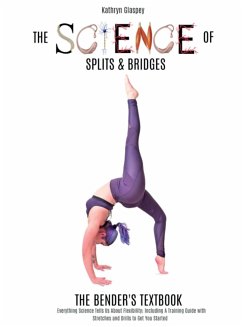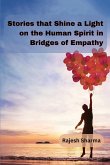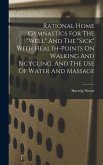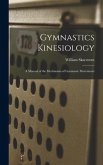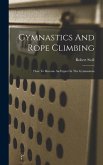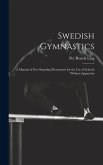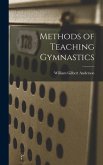The Science of Splits and Bridges is a comprehensive look at flexibility from muscle function to nervous system. What are the benefits? Can anyone be flexible? What things can actually restrict range? How can you get injured and how do you train safely? What physical changes actually take place when you practice flexibility techniques? What are the techniques of flexibility training and what advantages do they each have? We will answer all these questions and help you learn how to take care of your body with an in-depth cross-field look at how your body reacts to flexibility training , informed by sports, clinical medicine, physical therapy, biomechanics, psychology, neuroscience, immunology, endocrinology, anatomy, physiology, biology, and even materials science Part one justifies all the methods used in part two, the training guide, featuring 176 stretches and drills to help you attain optimal neuromuscular patterning and flexibility to safely achieve splits and bridges. Includes a foreword from Gwyn Scott P.T.A.
Hinweis: Dieser Artikel kann nur an eine deutsche Lieferadresse ausgeliefert werden.
Hinweis: Dieser Artikel kann nur an eine deutsche Lieferadresse ausgeliefert werden.

